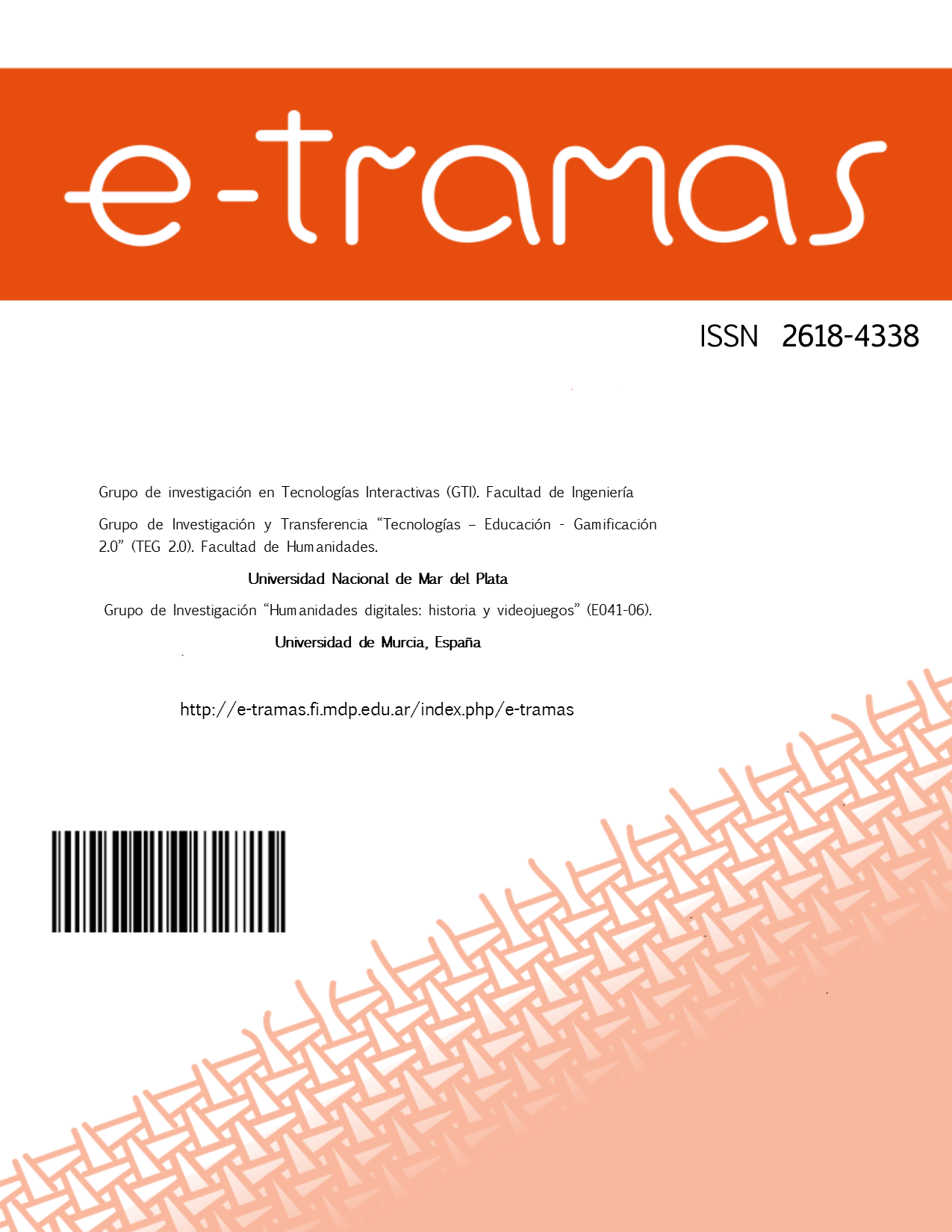REPRESENTACIÓN DE LA MITOLOGÍA HIBERNO-ESCANDINAVA EN THE WITCHER 3: WILD HUNT
Paraules clau:
The Witcher 3: Wild Hunt, Hiberno-escandinavo, Mitología, Videojuegos, ArqueologíaResum
Con el objetivo de permitir al jugador participar en una experiencia de juego más satisfactoria, surge la necesidad de desarrollar una ambientación correcta en el videojuego. Tal es el caso de The Witcher 3: Wild Hunt, desarrollado por CD Projekt RED y publicado a mediados de 2015. Este, a su vez, se basa en la Saga de Geralt de Rivia publicada por el autor Andrzej Sapkowski. Por su parte, la compañía polaca no dudó en trabajar junto a historiadores para ambientar correctamente cada reino del Continente. De este modo, en cada territorio podemos ver el uso de elementos culturales de diversas civilizaciones y épocas, adaptado a las necesidades del videojuego.
Este artículo se centra en desentrañar los elementos culturales de un reino en concreto: las islas Skellige. Su base histórica se halla en en el pueblo hiberno-escandinavo, la población escandinava que se asentó en Irlanda, Escocia, Gales, las islas Hébridas, Órcadas y Mann como parte del proceso de expansión y colonización de la Época Vikinga. De este modo, es posible encontrar numerosas referencias tanto a la mitología celta como escandinava a lo largo del archipiélago, que nos permiten acercarnos a este período histórico de manera lúdica y atractiva.
Descàrregues
Publicades
Com citar
Número
Secció
Llicència
Drets d'autor (c) 2022 Paula Martínez Bernal

Aquesta obra està sota una llicència internacional Creative Commons Reconeixement-NoComercial-SenseObraDerivada 4.0.
DERECHOS DE AUTOR: los autores conservan todos sus derechos sobre sus trabajos y se comprometen a citar la edición original de e-tramas, en la que apareció por primera vez el artículo.
DERECHOS DE EDICIÓN: corresponden a e-tramas. Por ello, para su reproducción será necesario indicar su procedencia original. Las tesis y opiniones expresadas en los trabajos publicados en esta revista son de la exclusiva responsabilidad de los autores.






